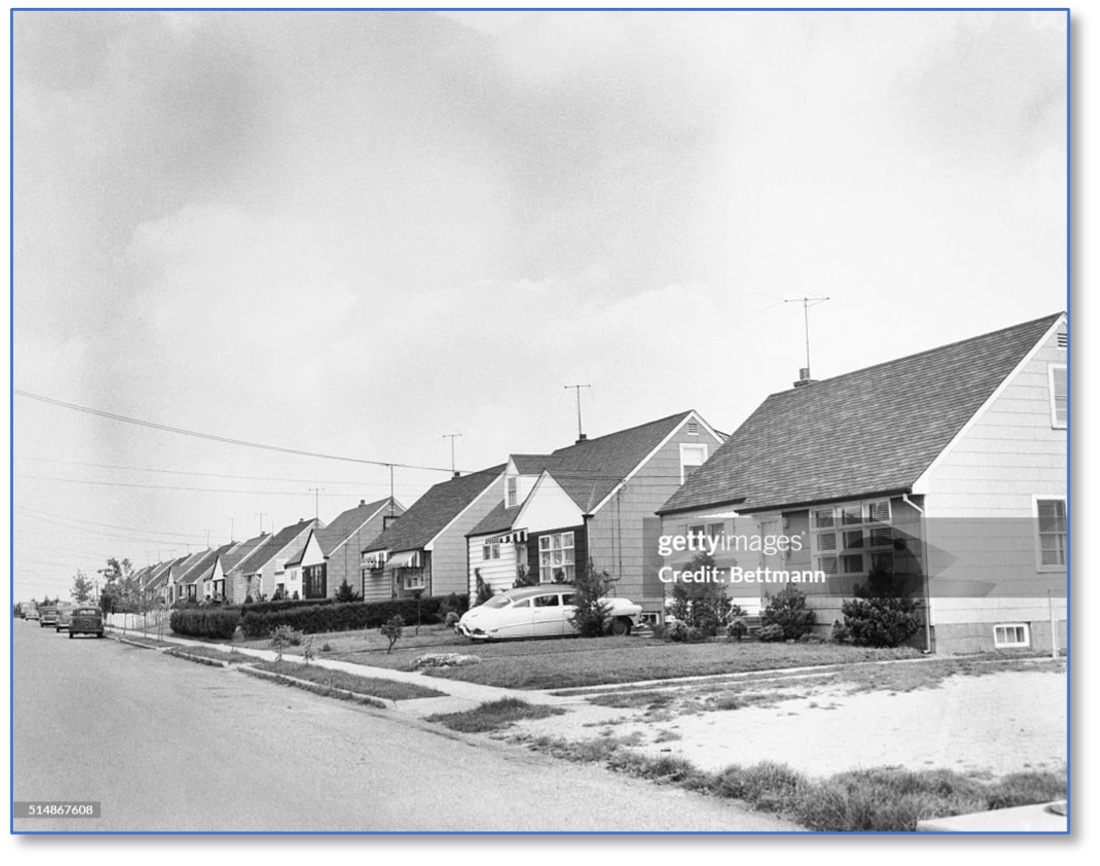- Home
- Social Studies
- California Gold Rush
California Gold Rush
California Gold Rush: Background
The story of the California Gold Rush begins well before gold was discovered at Sutter's Mill in 1848. The area now known as California was originally inhabited by various Native American tribes who thrived on the abundant natural resources. The region was later explored by Spanish missionaries in the 18th century, who established colonial outposts, thereby altering the demographic landscape.
California became part of Mexico after its independence from Spain in 1821. However, the region remained sparsely populated, primarily by Native Americans, Mexican settlers, and a few European settlers who engaged in agriculture, ranching, and other local trades.
Discovery of Gold
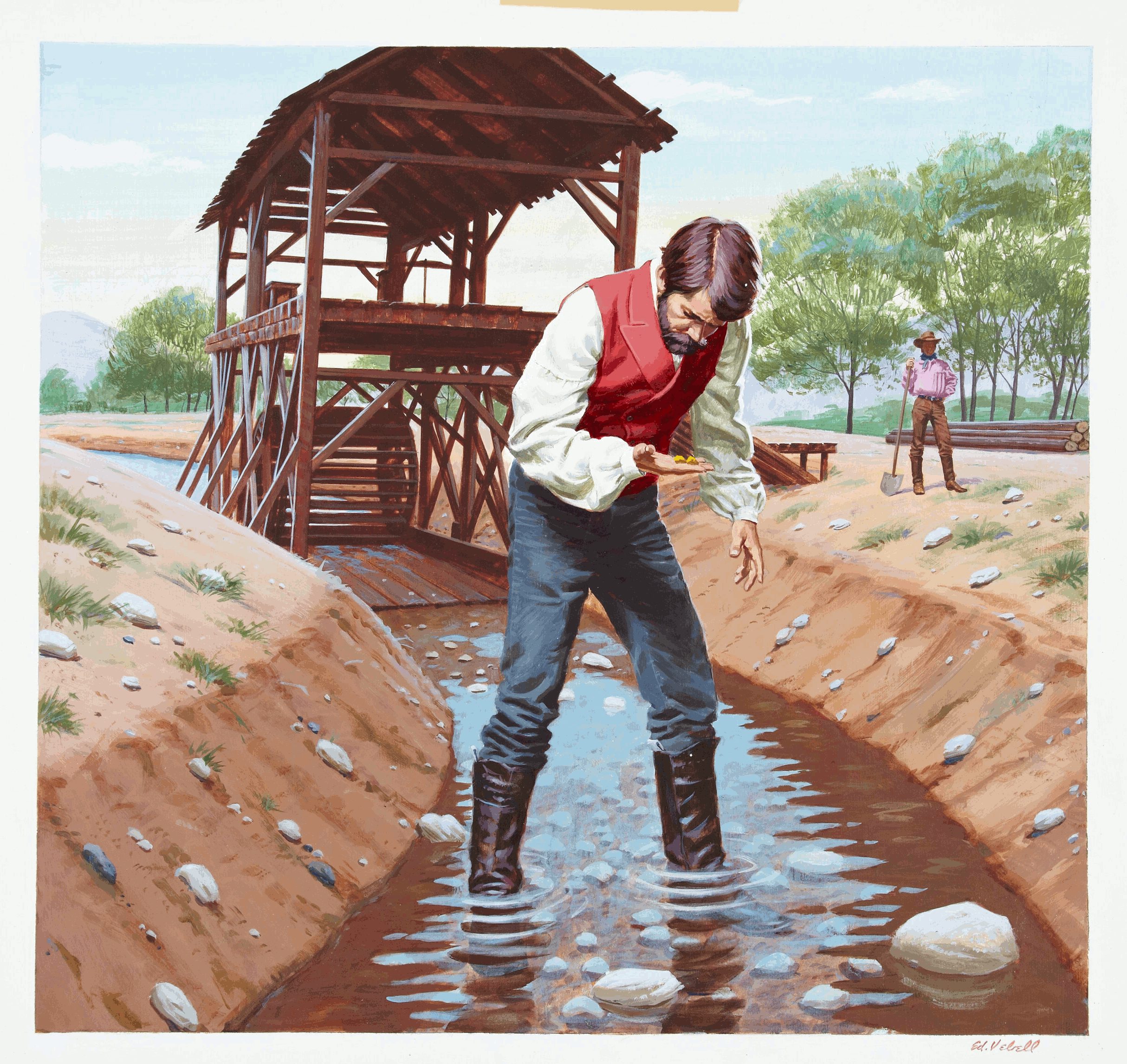
On January 24, 1848, James W. Marshall, a carpenter working for John Sutter, discovered gold flakes in the American River at Sutter's Mill near Coloma, California. This discovery would change the course of American history forever.
The news of gold spread rapidly, initially by word of mouth, then by newspapers and letters. The phrase "Gold! Gold! Gold from the American River!" headlined an article in the San Francisco newspaper, the Californian, which marked the beginning of one of the largest human migrations in history.
Initial Rush
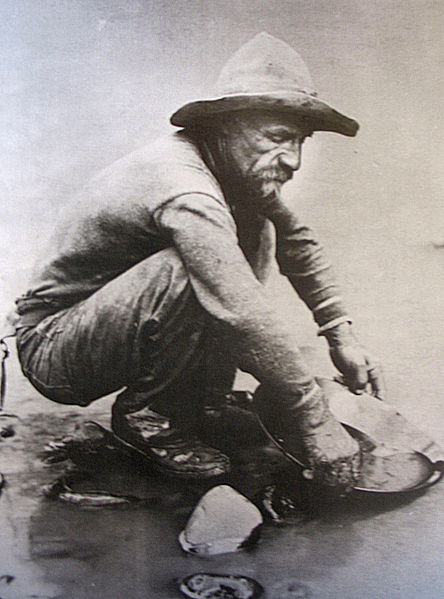
The year 1849 was when the first significant influx of prospectors, known as "forty-niners," arrived on the scene. Driven by dreams of instant wealth, these individuals came from various parts of the United States and the world, including Latin America, Europe, Australia, and Asia.
By the end of 1849, the non-native population of California had skyrocketed to approximately 100,000. This surge marked the beginning of widespread migration to the region.
Impact on Migration Patterns
The Gold Rush was a pivotal event that triggered mass migration, reshaping the demographics of not just California but also the United States at large. In just a few years, California's population grew exponentially, transforming it from a remote outpost to a burgeoning society.
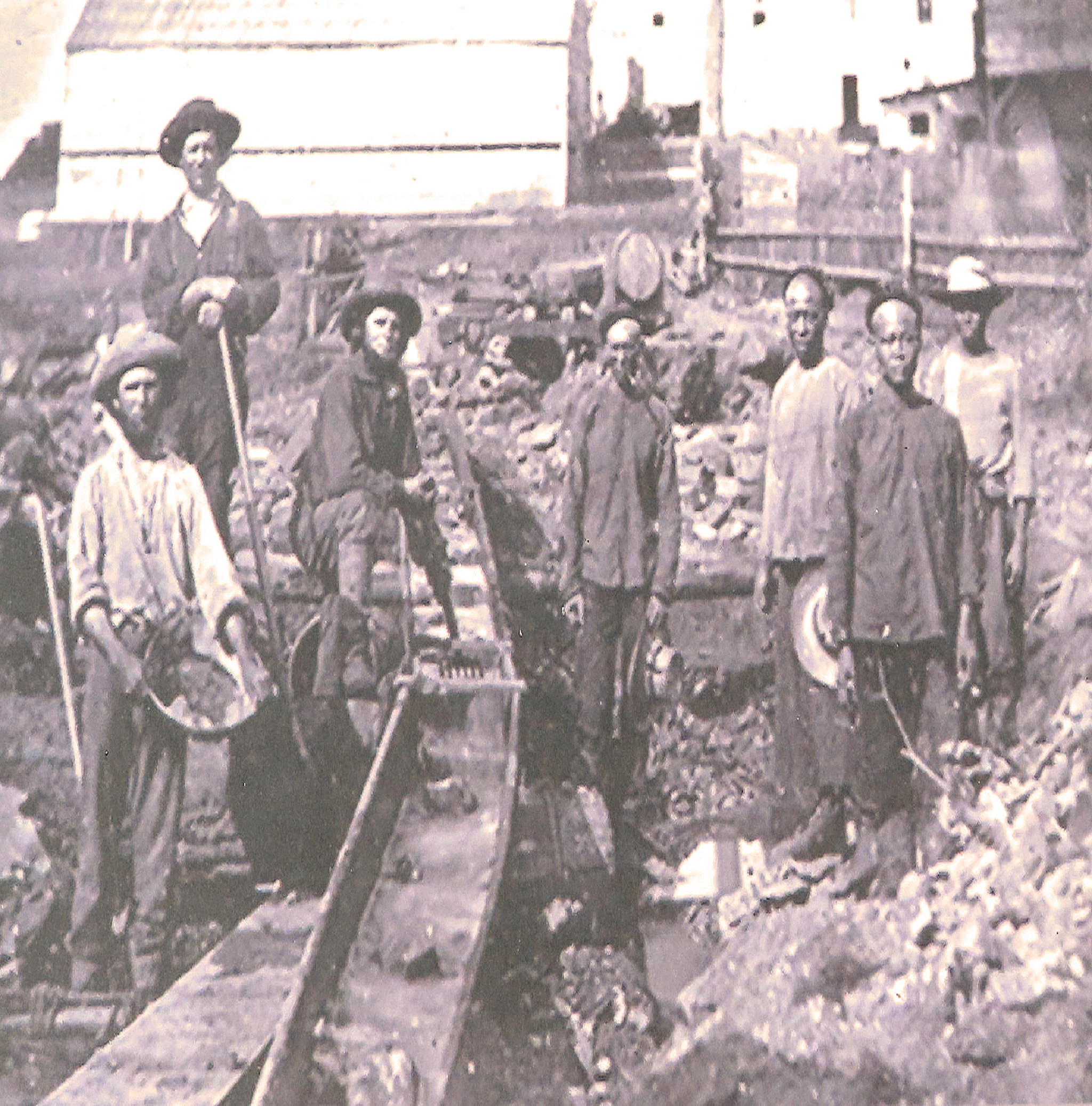
The rapid influx of diverse populations led to the creation of a multicultural society in California. Prospectors from different backgrounds brought their customs, languages, and traditions, enriching the cultural fabric of the region.
Economic Implications
The economic impact of the California Gold Rush was profound. While many individual miners failed to strike it rich, the overall wealth generated by the gold rush fueled significant economic growth.
The influx of people and capital stimulated various industries such as shipping, farming, manufacturing, and trade, leading to the establishment of banking and other financial institutions to support economic activities in the region.
Infrastructure development, including roads, towns, and ports, accelerated as the need to transport people and goods increased. The creation of new businesses and services to cater to the burgeoning population further spurred economic growth.
Social and Ethical Impacts
The Gold Rush had complex social ramifications, including the displacement of Native American tribes. The influx of settlers led to conflicts over land and resources, culminating in significant disruptions to native communities.
Racial tensions also emerged, as people from different ethnic backgrounds competed for resources and opportunities. Despite these tensions, the period laid the foundation for a culturally diverse state.
Environmental Consequences
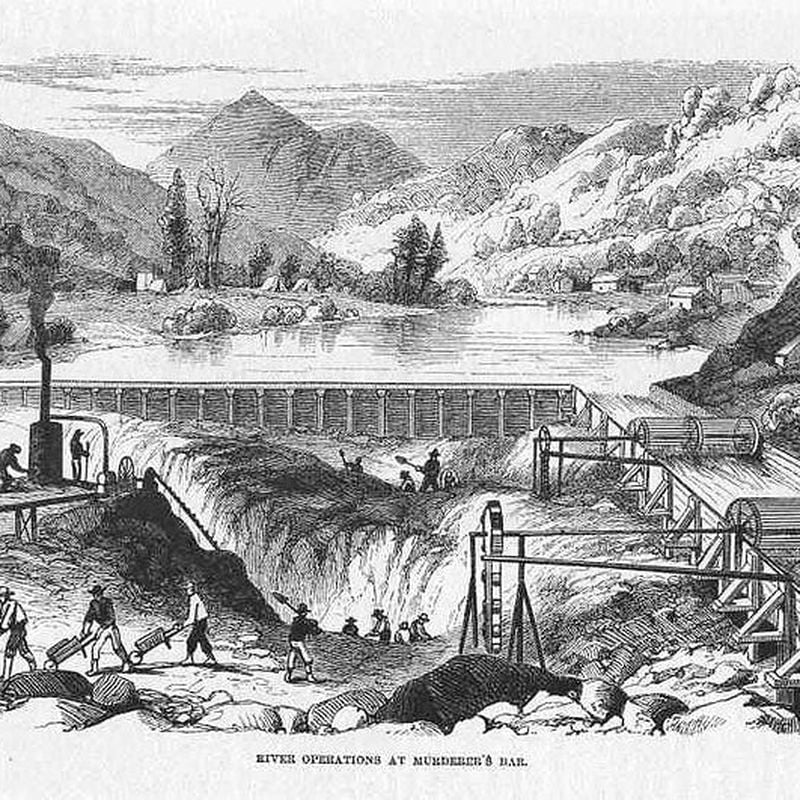
The rapid mining activities enforced during the Gold Rush had severe environmental implications. Rivers were dammed or redirected, forests were cleared, and the landscape was altered dramatically.
The use of mercury and other toxic substances in mining processes proved detrimental to the local environment, leading to long-term ecological consequences that are still visible today.
Influence on California Statehood
The boom in population and economic significance expedited California's path to statehood. By late 1849, Californians had drafted a state constitution and sought admission to the Union.
On September 9, 1850, California was admitted as the 31st state in the United States, significantly altering the political landscape of the nation. Its rapid progression from a sparsely populated territory to a state highlighted the transformative power of the Gold Rush.
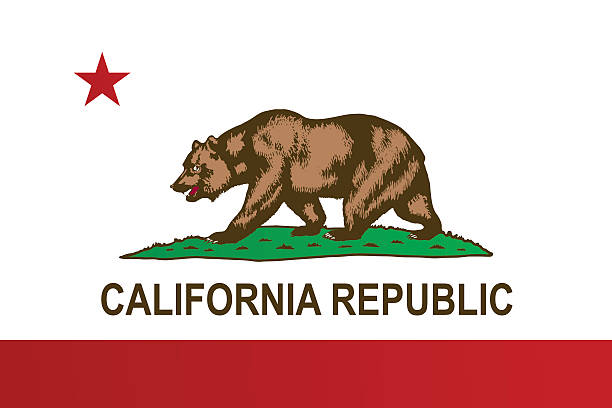
Long-term Economic Impacts
The Gold Rush left a lasting economic legacy. The wealth generated spurred industrial development, technological advancements, and the establishment of significant urban centers, such as San Francisco.
The development of railroads to connect California with the rest of the country played a crucial role in integrating the state's economy with the national and global markets.
Long-term Demographic Shifts
The Gold Rush set the stage for ongoing immigration and demographic changes in California, leading to the establishment of a vibrant and diverse population that would shape the state's cultural and social landscape.
The migration trend initiated by the Gold Rush
continued as railroads and other transportation infrastructure improved,
making California more accessible and attractive to settlers. Americans who promoted manifest destiny could feel satisfaction from the amount of territory claimed in the west for the USA.
Lesson Perspectives
Educational Implications
Understanding the California Gold Rush offers invaluable lessons in migration, economics, and social change. It serves as a microcosm for studying the impact of significant historical events on demographics and economic development.
Migration and Settlement Patterns
The study of migration patterns during the Gold Rush provides insights into human behavior, aspirations, and the lengths people will go to for economic opportunity.
Analysis of settlement patterns can reveal how towns and cities are established and grow, supplying examples of urbanization and resource allocation.
Economic Principles
From an economic perspective, the Gold Rush illustrates supply and demand, market speculation, and the ripple effect of major discoveries on a nation's economy.
This period also provides an excellent case study for understanding the consequences of resource exploitation and the importance of sustainable practices.
Social and Cultural Dynamics
The social dynamics during the Gold Rush era, including issues of race, labor, and community formation, offer a rich field for study in social sciences and humanities.
Understanding the cultural exchanges and conflicts that arose during this period helps students appreciate the complexities of multicultural societies.
Student Project Suggestions
Exploring Firsthand Accounts
- Read diaries, letters, and newspaper articles from the Gold Rush era to gain firsthand insights into the experiences of the forty-niners.
- Analyzing these primary sources can help students better understand the personal and emotional aspects of historical events.
Role-Playing Historical Figures
- Students adopt the role of historical figures from the Gold Rush era and have them present their perspectives on various issues, such as migration, economic opportunities, and interactions with Native Americans.
- This activity fosters critical thinking and empathy as students explore diverse viewpoints.
Mapping the Gold Rush
- Students create maps showing migration routes, mining towns, and significant sites during the Gold Rush.
- This project helps visualize the geographic impact of the migration and the spread of settlements.
Environmental Impact Studies
- Students research and present on the environmental consequences of the Gold Rush, drawing parallels to current issues involving resource extraction and sustainability.
- This project will highlight the ongoing relevance of historical events to modern-day environmental science and policy.
By delving into the California Gold Rush comprehensively, high school teachers can provide their students with a nuanced understanding of this epochal event and its far-reaching implications.
For more ... California Gold Rush History Classics
La Fiebre del Oro
Oro! El sueño de hacerse rico se hizo realidad para apenas unas pocas de las 40,000 personas que se precipitaron a Califorina al oír en 1848 que se había descubierto oro en Sutter's Mill junto al Rio Americano, cerca de San Francisco.








